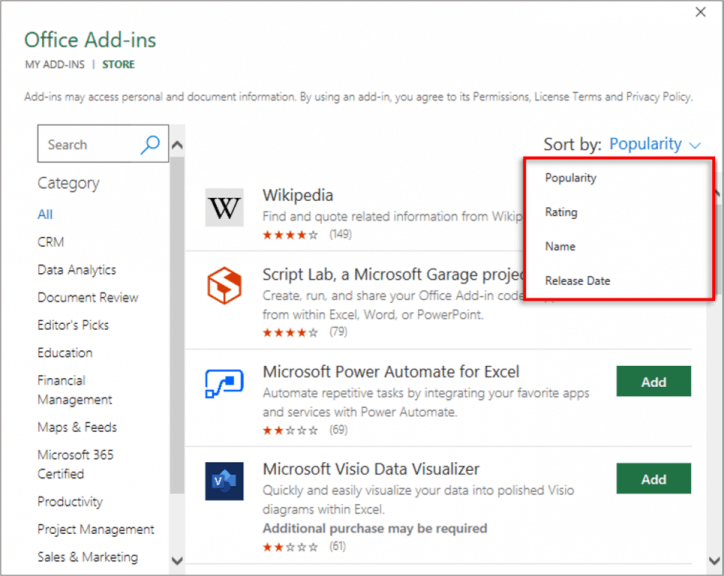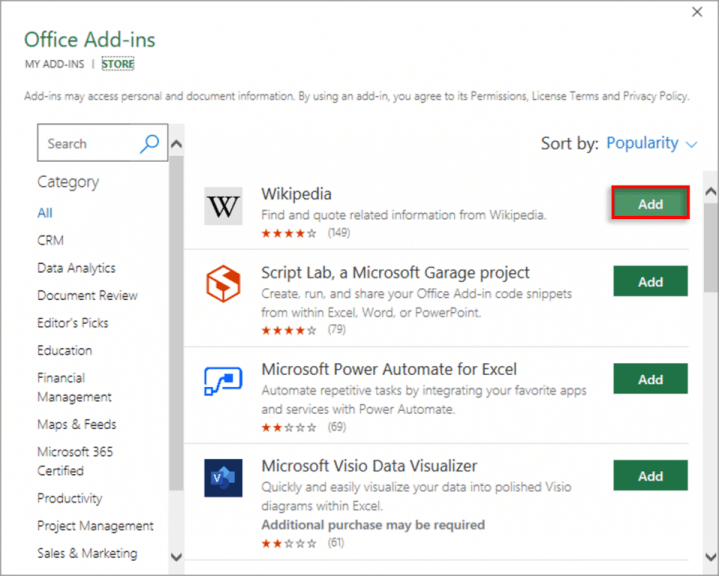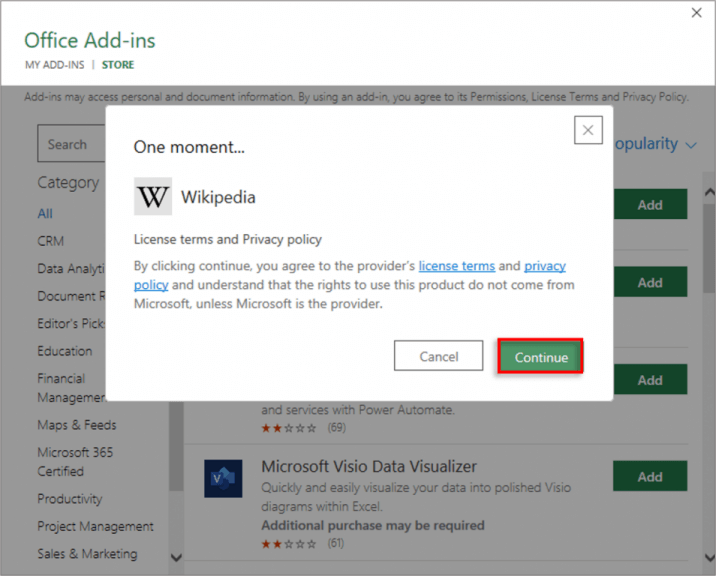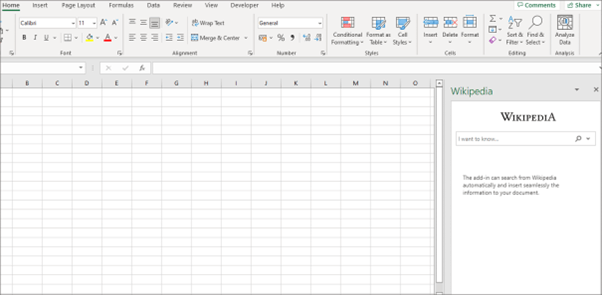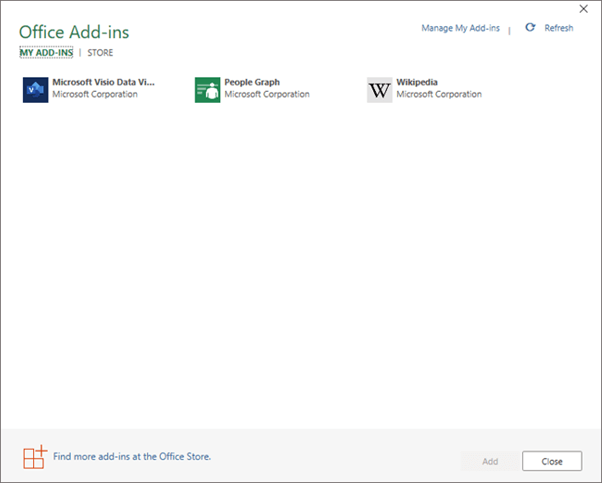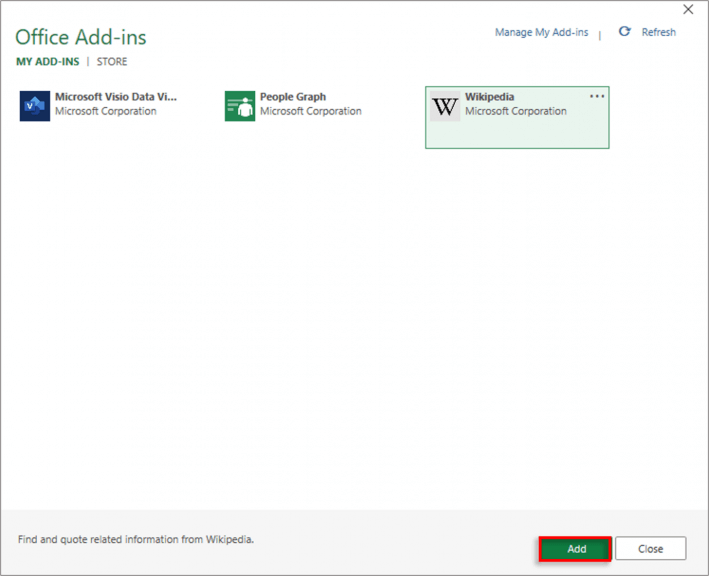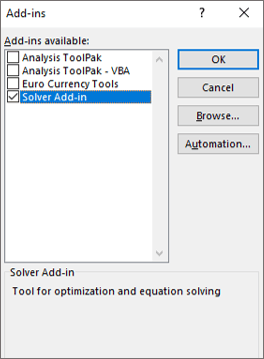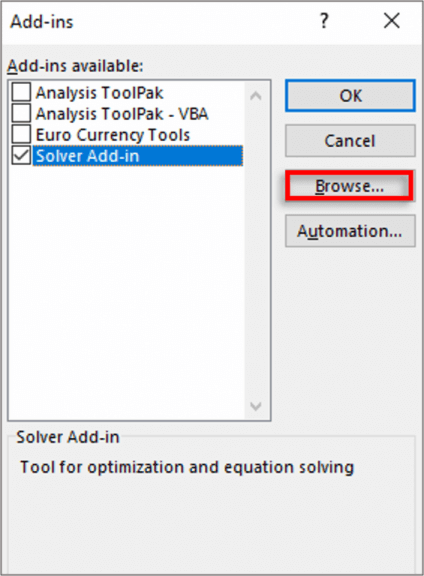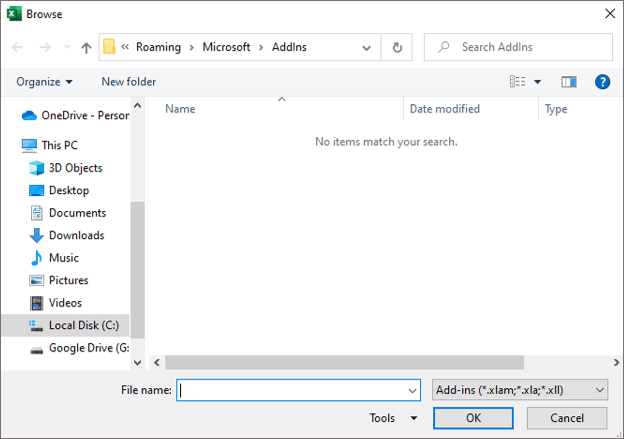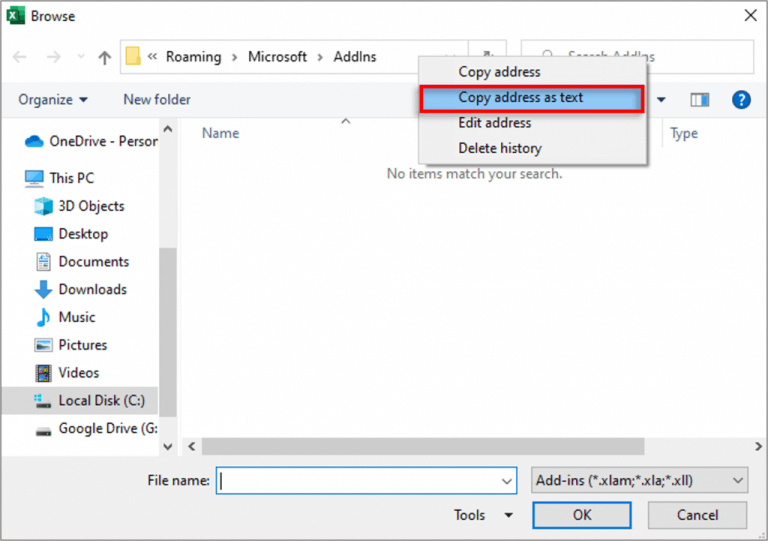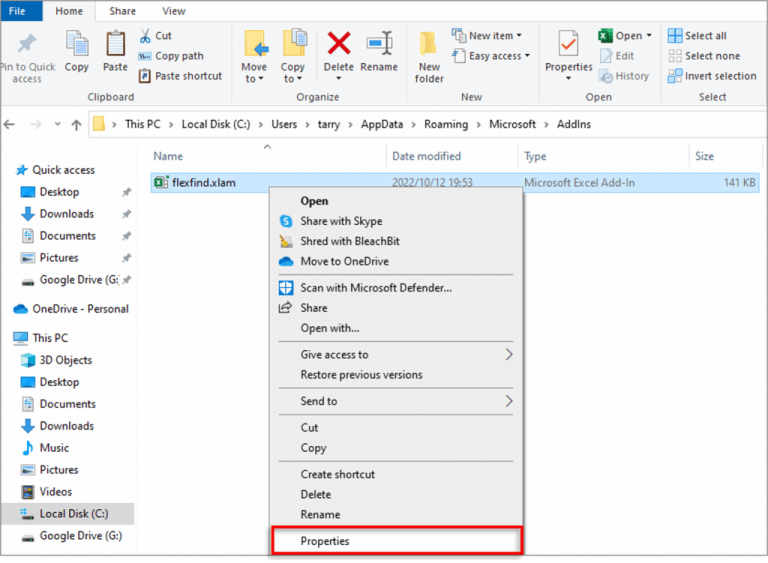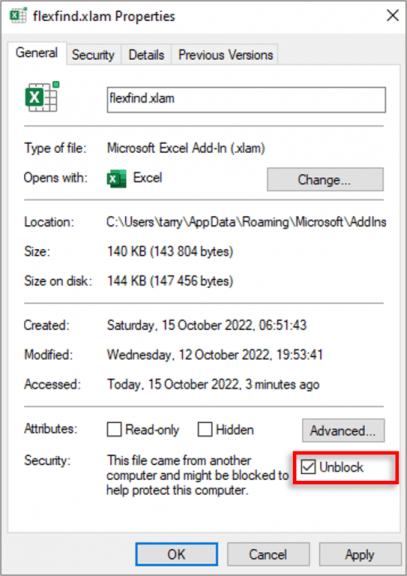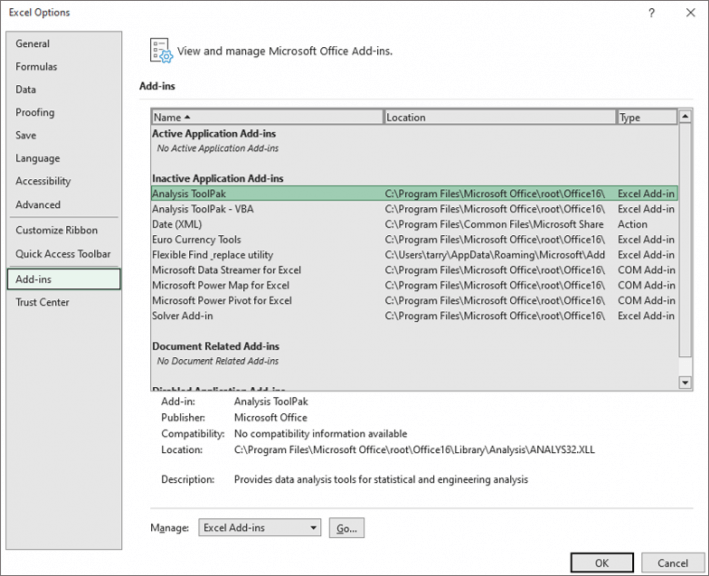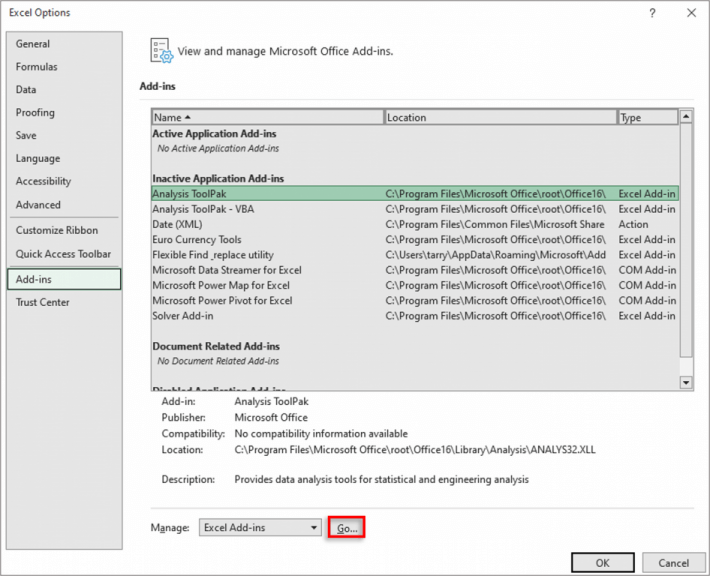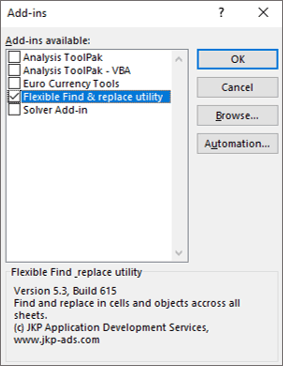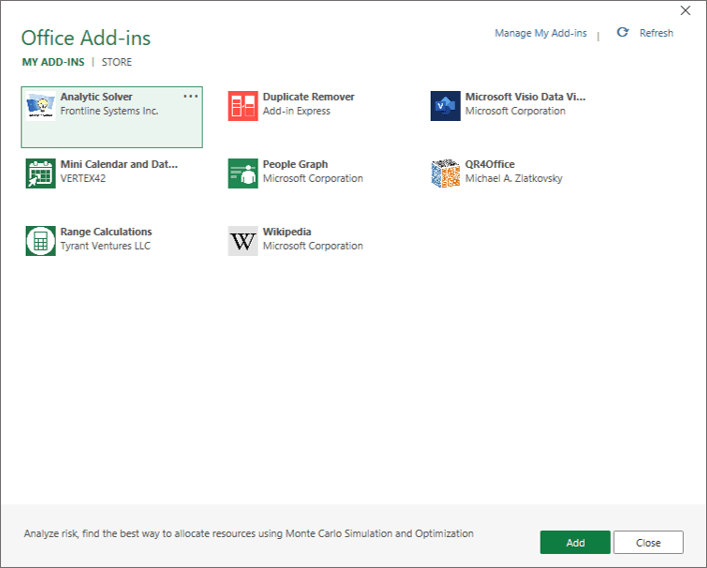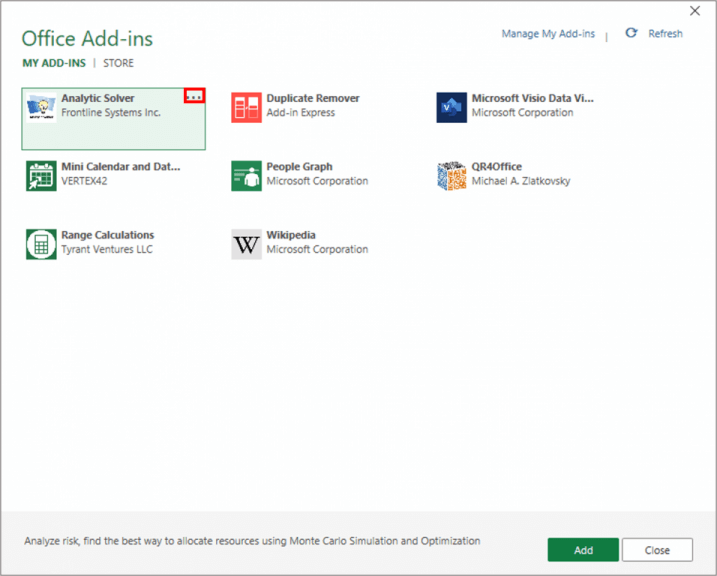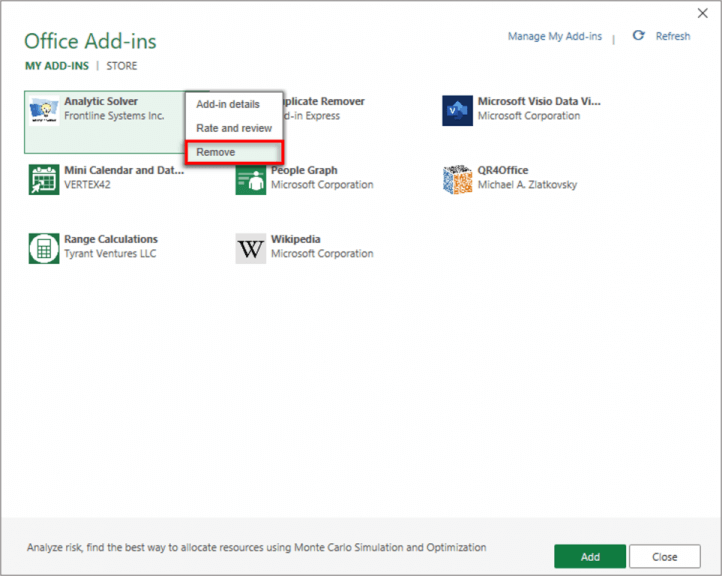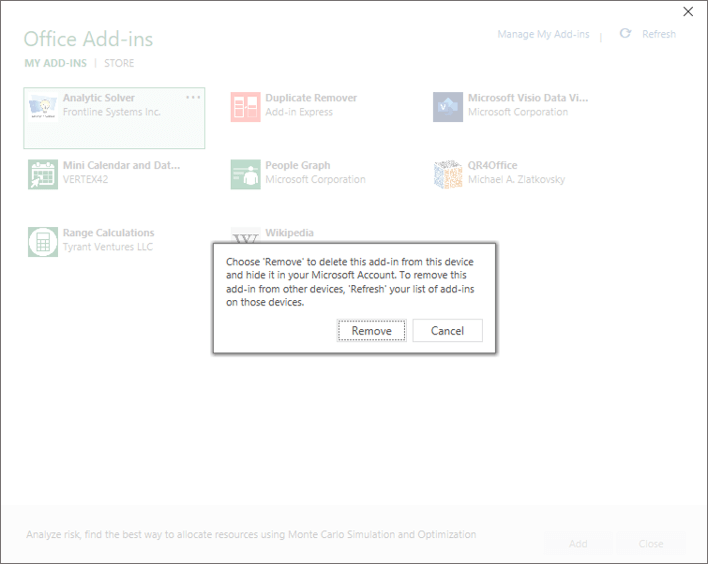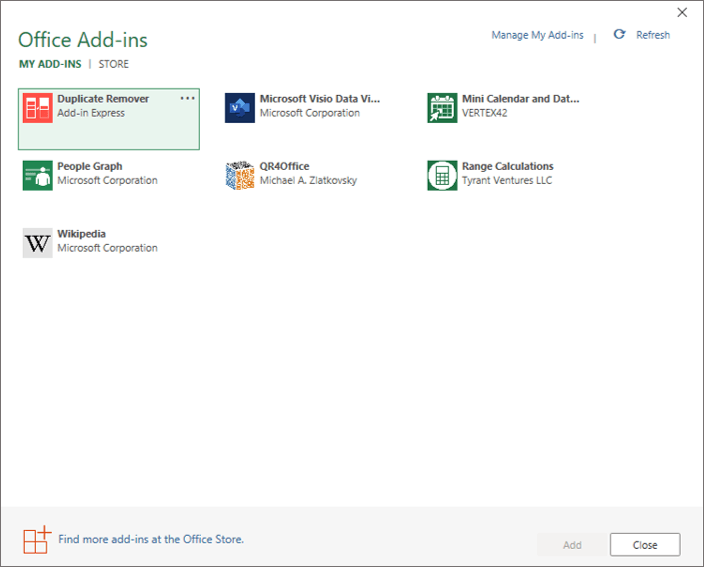You will definitely find that your productivity will increase significantly once you start using Excel Add-ins. Add-ins provide additional functionality and customization options, right from within the Excel interface. However, installing Add-ins in Microsoft Excel, can be a little bit confusing if you are not used to it. In this post we will cover the two main ways of getting amazing Add-ins in Microsoft Excel. So, let’s get started.
Get An Excel Add-in Through the Integrated Store
The first main way of getting an Excel Add-in involves the following steps.
1. Open Microsoft Excel and go to the Insert Tab. In the Add-ins Group, select the Get Add-ins option.
2. The Office Add-ins Window should appear.
3. If you know the name of the Add-in that you would like, then you can enter it directly in the Search Box and click Search. Alternatively, you can browse through the Categories to see what is available. By default, the Add-ins are sorted by Popularity. You can change this by clicking on the drop-down arrow next to Popularity and then either selecting Rating, Name or Release Date to change the filter on the sort.
- To install an Add-in, you need to do the following, in this case we will install the Wikipedia Add-in.
1. Click the Add button, next to Wikipedia.
2. Read the license terms and then click to Continue.
3. You should see that the Wikipedia Add-in is now accessible from Excel.
How To See all Your Installed Add-ins
Follow these steps to see the Add-ins you’ve installed and use them in other workbooks.
1. Go to the Insert Tab. In the Add-ins Group, click on the My Add-ins option.
2. You should see the Office Add-ins Window, showing all your installed Add-Ins.
3. To use the Wikipedia Add-In, in another workbook, select it and then click Add.
Download Add-ins from Other Sites
You can manually install an Add-in that you downloaded from another site. Just verify that the Add-in is from a trusted source.
To find good, secure Add-ins, browse the websites of Excel MVPs. Since many have developed free Excel Add-ins for the Excel community. You can search through the MVP database here.
1. You will have to download the Add-in first, which will usually be provided in a zip file. We will download the free Flexfind Add-in developed by MVP Jan Karel Pieterse. This Add-in provides advanced find and replace functionality.
2. The next step involves locating the actual Add-in Folder (where Microsoft Excel stores Add-ins).
3. Go to the Developer Tab on the Ribbon. In the Add-ins Group, select the Excel Add-ins option. If you need to add the Developer Tab to the Ribbon, then click here to see how to do it.
4. Using the Add-ins Window, you can check any of the listed Add-ins. In this case we will check the Solver Add-in.
5. Click the Browse… button.
6. You should see the Browse Window.
7. Right-click the path and choose Copy address as text.
8. Paste the Add-in Folder location in a Notepad file or Word document (for later use).
9. In Excel, press Cancel to close the Browse Window and then Cancel again. Close Excel.
10. Now unzip the Add-in zip file and copy the flexfind.xlam file to the Add-in Folder location.
- You will have to unblock the flexfind.xlam file and activate it to use it.
1. While still in the Add-in Folder, right-click the flexfind.xlam file and select Properties.
2. Check the Unblock option and then click Ok.
3. Open Microsoft Excel.
4. Go to the File Tab and select Options.
5. In the Excel Options Window, choose Add-ins.
6. In the Manage: Section, ensure that Excel Add-ins is selected and click on the Go… button.
7. Using the Add-ins Window, check the Flexible Find & replace utility option and then click Ok.
8. Now go to the Home Tab and you should see that a new Group called Flexfind, with the FlexFind option has been added.
Remove an Add-in
If you would like to remove an Add-in that you installed using the Integrated Store, you need to follow these steps.
1. Go to the Insert Tab. In the Add-ins Group, click on the My Add-ins option.
2. Select the Add-in, that you would like to remove. In this case we are going to remove the Analytic Solver Add-In.
3. Click the three dots.
4. Click to Remove.
5. Click Remove again.
6. The Add-in will now be removed and will no longer appear in the list.
- Note: For Add-ins that you installed manually, you will have to delete the .xlam file from the Add-ins Folder.
Conclusion
In this post, we have given you a comprehensive overview of how to install or remove Add-ins. Add-ins can really enhance your Excel experience. Comment below and tell us about Add-ins that you find useful.
Find out more about what’s new in Excel here.




